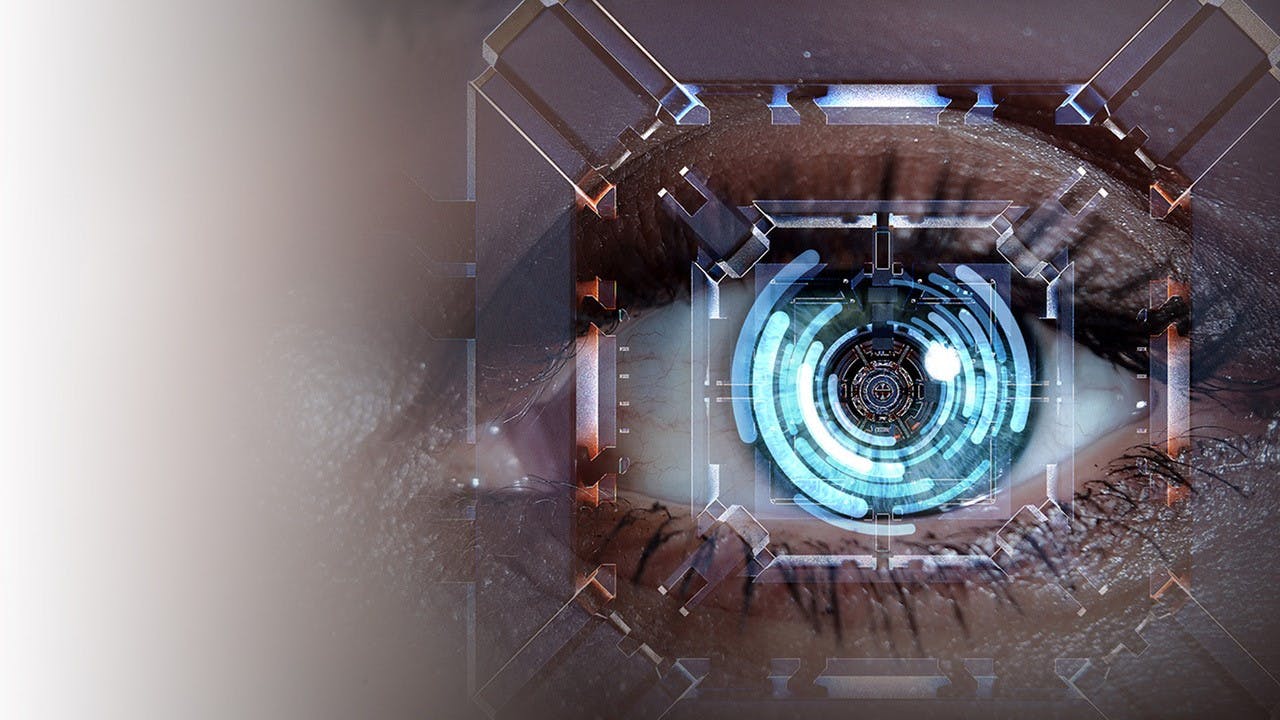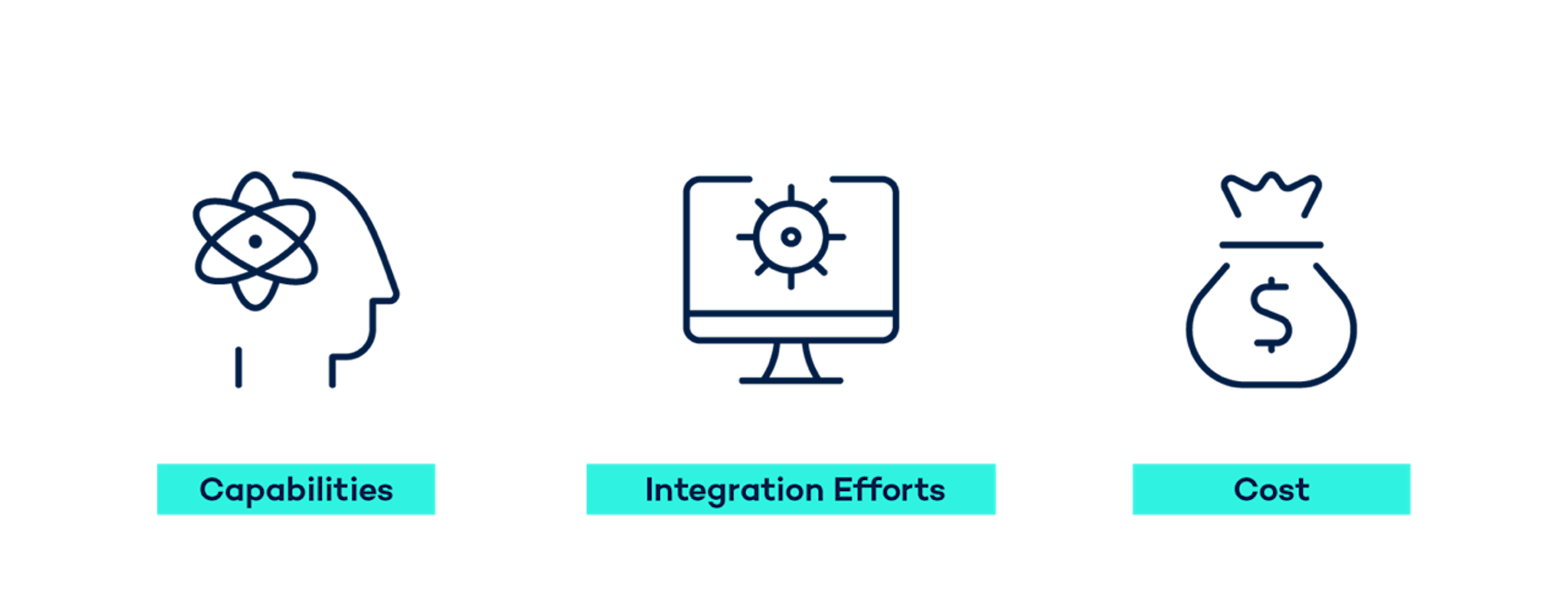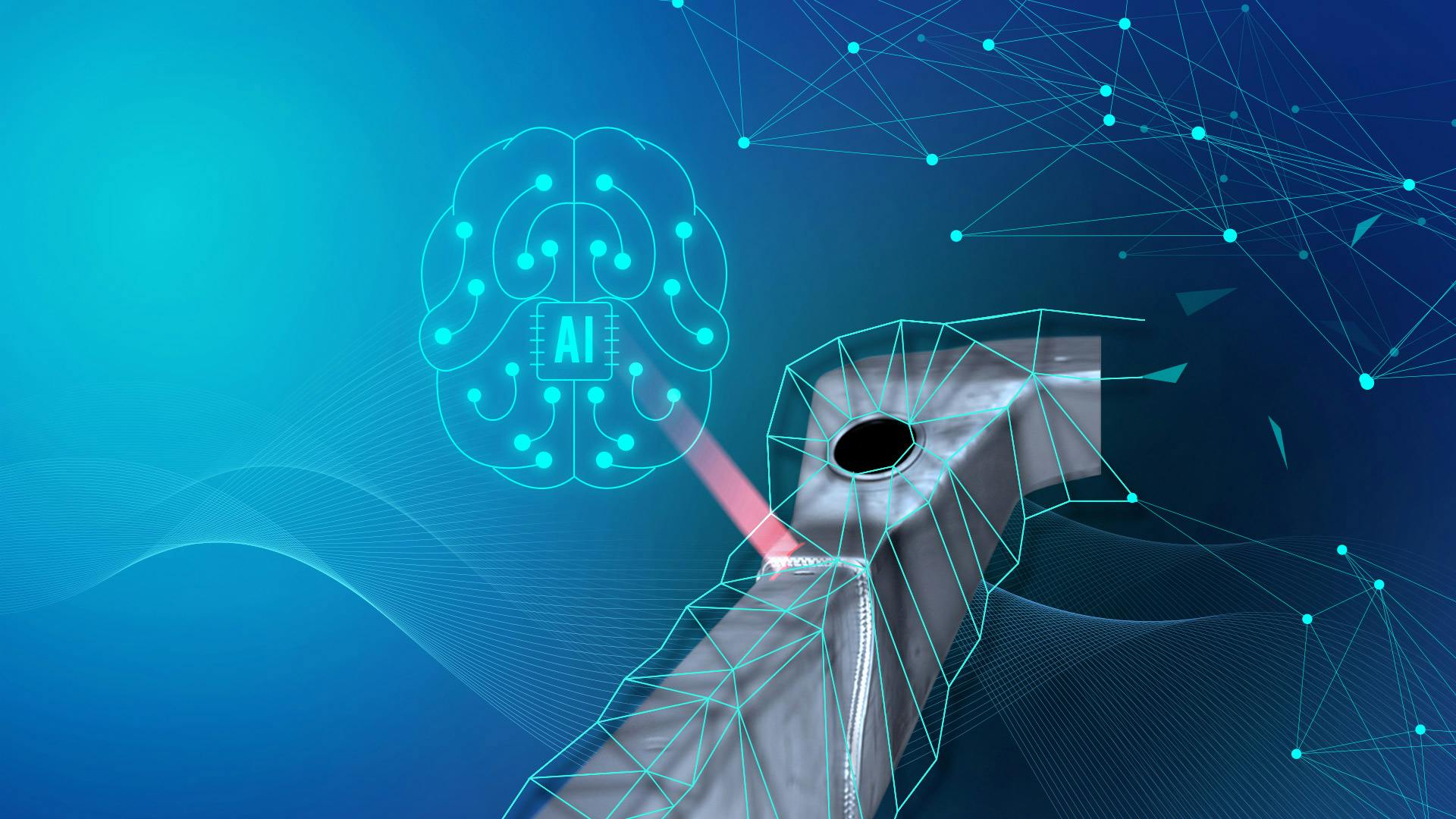The use of AI in optical quality inspection is not yet the norm. Depending on the required capabilities, costs and efforts, AI solutions may or may not be profitable. Hybrid solutions that combine rule-based and AI-based algorithms currently achieve the best results.

Smart Production AI in optical quality inspection: Useful, or not?
Are we going to have fully autonomous, smart factories soon?
Three criteria for the selection of an AI solution
Are we going to have fully autonomous, smart factories soon? If you believe the stories about artificial intelligence, that's the idea. In automated quality inspection, for example, AI does indeed solve some problems. Nevertheless, productive AI solutions are still a far cry from the standard to which they are attributed.
They require a great deal of investment and are only profitable under certain conditions. For many tasks, AI is also not required at all. What role can AI play specifically in supporting optical quality inspection? When does its use make sense and when does it not?
Simple iO-niO decisions do not require AI
For simple iO-niO inspections, deterministic systems - image processing with rule-based algorithms - are perfectly adequate. Anything that deviates from the norm is detected as a defect or as a niO part.
Such systems are used for safety-critical applications where strict quality criteria apply. Specifically programmed rules ensure that no defect slips through the inspection. Often, a higher rate of pseudo-defects is deliberately accepted in order to be able to meet the high quality requirements with short cycle times.
Purely AI-based solutions are less suitable in such scenarios. They work on the basis of trained examples. Depending on the quality of the training data, they deliver fluctuating results based on probabilities - a no-go in quality control when zero errors are required.
What AI capabilities are useful in visual inspection?
The moment of AI in visual inspection comes when absolute results are less important than estimations or assessments. Among others, in: non-safety-related applications, when a hundred percent detection rate is not required; in fluctuating inspection features and situations; or supporting in hybrid image processing.
For which cases or tasks is AI specifically suitable in optical quality inspection?
Detect and classify highly varying defects
Cracks, spots or splatters can each vary greatly in shape, color, size and position. Rule-based detection of such varying defects is difficult. An AI can filter the defects, classify them, and assess whether a part is likely OK or not.
Either a rule-based system or a human inspector can make the final assessment. When the corrected assessments are fed back to the AI, it can make increasingly better assessments over time.
Reduce pseudo-error rate
The often high rate of pseudo-errors in rule-based systems can be reduced with the help of AI. To do this, the AI must be trained with data that contains errors in the limit or tolerance range. In this way, the AI learns to distinguish when defects are more acceptable or unacceptable.
Evaluating large amounts of data
Data volumes in optical quality inspection tend to increase sharply: due to higher resolutions, 3D data and larger inspected components. As a result, real-time evaluation takes longer and may even exceed the cycle time of the production line - slowing it down. One of the strengths of AI is that it can process large amounts of data much faster than conventional algorithms. It can pre-filter, sort and evaluate image data for further inspection, significantly accelerating the inspection process overall.
Supporting human inspectors
Even in automated production lines, human inspectors are often still at work: in borderline cases or with complicated components, they make the final decision. Manual testing requires the utmost concentration. AIs can prepare and process the data for the inspectors and thus facilitate their work. Workplace ergonomics are improved and personnel costs are reduced - especially at a time of shortage of skilled workers, this can be a compelling argument.
Three criteria in the decision for or against AI
How do companies make a sensible decision when selecting a solution - with or without AI? They should consider three criteria:
- Capabilities
- Integration efforts
- Cost
Simply put, it must be determined whether AI has any benefit at all for the scenario at hand, and whether that benefit is large enough to justify the investment. Despite the hype surrounding AI, the ROI calculation must be done with a cool head. The following questions can help:
● Would AI help achieve better inspection results in the long run?
● How accurate do the inspection results need to be? What are our quality requirements? Are the components relevant to safety?
● What is the error rate of the current inspection method and how much can it be reduced by AI?
Not all AI solutions are the same. In its simplest form, an AI is trained with good parts and anything that deviates is classified as a defect (anomaly detection). For more complex, accurate testing, the AI needs to be trained with much more data on all possible cases. What skills are really required?
The more complex a solution, the higher the training effort. And there must first be enough data for that, including for errors and borderline cases. Therefore, one of the most important questions is: Do we have this data and if not, where do we get it from?
The more the neural network of an AI can do, the more resources it needs. The cost of hardware and computing power (in the cloud) is exponentially higher for an AI solution than for normal software.
So the effort and cost of an AI solution is relatively high and a quick ROI is unlikely. A rule-based algorithm delivers reliable results from day one. An AI, on the other hand, needs to be optimized on the fly. It may take years for the results to reach the required quality. Until then, companies may have to deal with higher costs and poorer results.
CONCLUSION
IN SHORT:
- Rule-based algorithms are adequate for most OK-NOK decisions in optical quality inspection.
- AIs are primarily helpful when varying defects have to be classified and evaluated. Moreover, AIs can process large amounts of data in a short time.
- When deciding for or against AI, companies must not follow the hype, but calculate the ROI for themselves.



